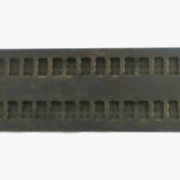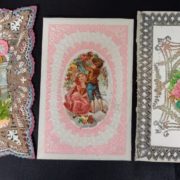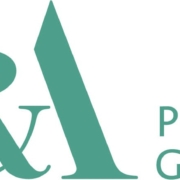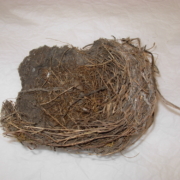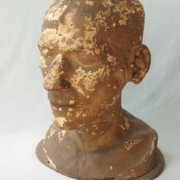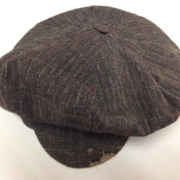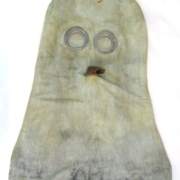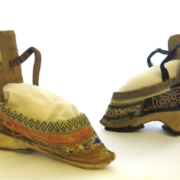Object of the Month – June 2015
June’s ‘Object of the Month’ is a braille stylus, which is a tool used to write braille. This object was chosen by Nicola Lawson, Social History Collections Intern.
This object was donated to the museum by Brigadier John Chrysostom Barnabas Wakeford in 1969. Brigadier Wakeford served in both world wars, and we know that he lived in Saffron Walden from 1967 to 1988 and got married here. He is buried in Saffron Walden Cemetery.
This braille slate is made of brass, and has two arms which are hinged at one end. It is designed to hold a sheet of heavy paper between the two arms. It has 72 holes in the top plate, and each is one braille unit, and would be used to write one character. Underneath each hole, on the bottom plate, are six dips. The letters of the braille alphabet are each made from up to six dots and every letter uses a different combination so the reader can tell them apart. A slate would normally come with a stylus, which the writer would use to press into the dips along the bottom to form dots in the paper. When the paper was turned over the dots would be raised and people could read each letter by feeling where the dots were. This meant that braille writers had to write from right to left so that when the paper was turned over the words could be read from left to right!
 In the 1820s Louis Braille developed a method of writing for touch readers, which is the braille system we still use today. He based it on Night Writing, a code developed by Charles Barbier for silent communication on the battlefield.
In the 1820s Louis Braille developed a method of writing for touch readers, which is the braille system we still use today. He based it on Night Writing, a code developed by Charles Barbier for silent communication on the battlefield.
Advances in technology have changed the way people write braille. While many still use slates and styluses, others use braille writing machines. These were developed from the 1880s onwards, and for most of the twentieth century they were similar to typewriters, but with six keys – one for each dot in a braille unit. The Perkins School for the Blind now sell a SMART Brailler, which has a digital display and reads text back to the writer.
You can see the braille slate on display in the museum until the end of June and discover more about the history of braille and braille writing tools.

